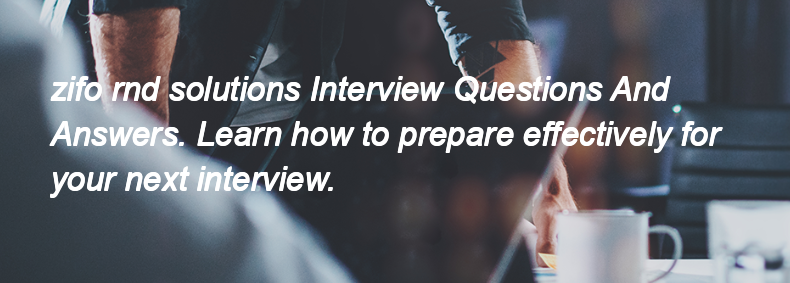Both arrays and lists are methods of storing data in Python; however, an array can store only one single data type element, whereas a list can store different data type elements.

Django supports several caching strategies, including:
1. **In-Memory Caching**: Uses local memory to store cache data (e.g., `Memcached` or `Redis`).
2. **File-Based Caching**: Stores cache data in files on the filesystem.
3. **Database Caching**: Uses the database to store cache data.
4. **View Caching**: Caches the output of entire views using the `@cache_page` decorator.
5. **Template Fragment Caching**: Caches specific parts of templates using the `{% cache %}` template tag.
6. **Low-Level Caching API**: Provides functions like `cache.set()`, `cache.get()`, and `cache.delete()` for custom caching logic.
These strategies can be combined and configured based on application needs.
The `help()` function in Python is used to display the documentation of modules, classes, functions, or methods, providing information on how to use them. The `dir()` function is used to list the attributes and methods of an object, helping you see what is available for that object.
LaTeX in MATLAB is a typesetting system used to format text in figures, titles, labels, and annotations. You can include LaTeX commands within text strings by using the 'Interpreter' property set to 'latex'. This allows for advanced formatting, such as mathematical symbols and equations, enhancing the presentation of graphical outputs.
Vectorization is the process of converting operations that are typically performed in a loop into operations that can be executed on entire arrays or matrices at once. In MATLAB, this can be achieved by using built-in functions and array operations instead of for-loops. For example, instead of using a loop to add two vectors element-wise, you can simply use the `+` operator directly on the vectors, like `C = A + B;`, where `A` and `B` are vectors. This improves performance and efficiency in MATLAB.
The MATLAB mathematical function library is a comprehensive collection of built-in functions that perform various mathematical operations, including arithmetic, linear algebra, statistics, calculus, and numerical analysis. It allows users to easily execute complex calculations, manipulate matrices, and analyze data efficiently using predefined functions.
To correctly apply graphics patches in MATLAB, you should:
1. Download the appropriate graphics patch from the MathWorks website or support page.
2. Close MATLAB if it is running.
3. Extract the downloaded patch files if they are compressed.
4. Run the installer or follow the specific instructions provided with the patch to apply it.
5. Restart MATLAB to ensure the patch is applied correctly.
Always check for compatibility with your MATLAB version before applying any patches.
Matlab can be used for numerical computing, data analysis, algorithm development, modeling and simulation, image and signal processing, control system design, and developing applications with graphical user interfaces.
Security Groups are virtual firewalls in AWS that control inbound and outbound traffic to AWS resources, such as EC2 instances. They allow you to specify rules based on IP addresses, protocols, and ports to manage access.
Spot instances are a type of Amazon EC2 instance that allows you to bid on unused computing capacity at potentially lower prices than on-demand instances. They can be interrupted by AWS with little notice if the capacity is needed for on-demand instances.
Availability Zones are isolated locations within a Region that provide high availability and fault tolerance. A Region is a geographical area that contains multiple Availability Zones, allowing for resource distribution and redundancy across different physical locations.
EC2, or Amazon Elastic Compute Cloud, is a web service that provides resizable compute capacity in the cloud, allowing users to run virtual servers and manage applications on-demand.
Amazon S3 (Simple Storage Service) is an object storage service designed for storing and retrieving any amount of data from anywhere on the web, while Amazon EBS (Elastic Block Store) is a block storage service used with Amazon EC2 instances for storing data that requires low-latency access, such as file systems and databases.
App Engine Standard is designed for applications that require rapid scaling and are built on specific languages and frameworks, while App Engine Flexible allows for more customization, supports a wider range of programming languages, and provides more control over the underlying infrastructure.
A GCP project is a container for resources and services in Google Cloud Platform, allowing you to organize and manage them. The resource hierarchy in GCP is structured as follows:
1. **Organization**: The top-level node that represents your company or organization.
2. **Folder**: An optional layer that can group projects and other folders for better organization.
3. **Project**: The actual container where resources like virtual machines, storage, and databases are created and managed.
This hierarchy helps in managing permissions, billing, and resource organization effectively.
Shared VPCs allow organizations to share a Virtual Private Cloud (VPC) network across multiple projects within Google Cloud. You would use them to centralize network management, enhance security, and simplify resource sharing among different teams or projects while maintaining control over the network.
In Google Cloud Platform (GCP), firewall rules control the traffic to and from virtual machine (VM) instances. They are defined at the network level and specify allowed or denied traffic based on attributes like IP address ranges, protocols, and ports. Each rule can apply to specific targets, such as all instances in a network or specific instances with certain tags. By default, GCP allows all outbound traffic and denies all inbound traffic unless specified otherwise by the firewall rules.
The different types of networks in Google Cloud Platform (GCP) are:
1. **VPC Networks** (Virtual Private Cloud)
2. **Subnets** (Subnetworks)
3. **Peered Networks** (VPC Peering)
4. **Shared VPC Networks**
5. **Hybrid Connectivity** (VPN and Interconnect)
6. **Serverless VPC Access**
7. **Cloud VPN**
8. **Cloud Interconnect**
Azure Load Balancer operates at the transport layer (Layer 4) and distributes incoming network traffic across multiple servers, while Azure Application Gateway operates at the application layer (Layer 7) and provides features like URL-based routing, SSL termination, and Web Application Firewall (WAF) capabilities.
